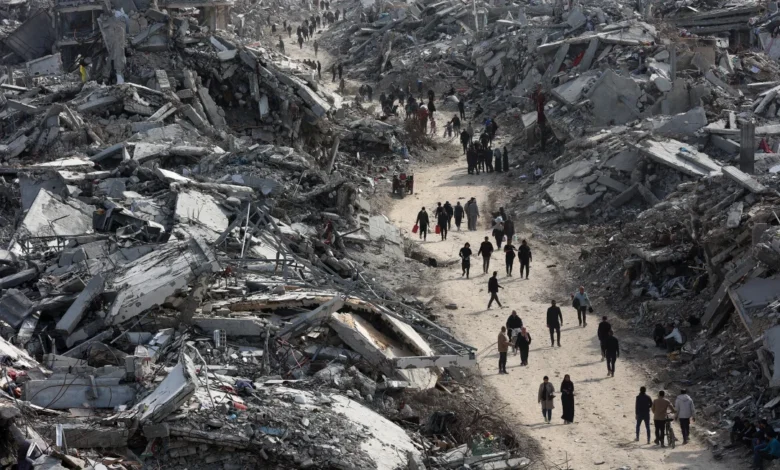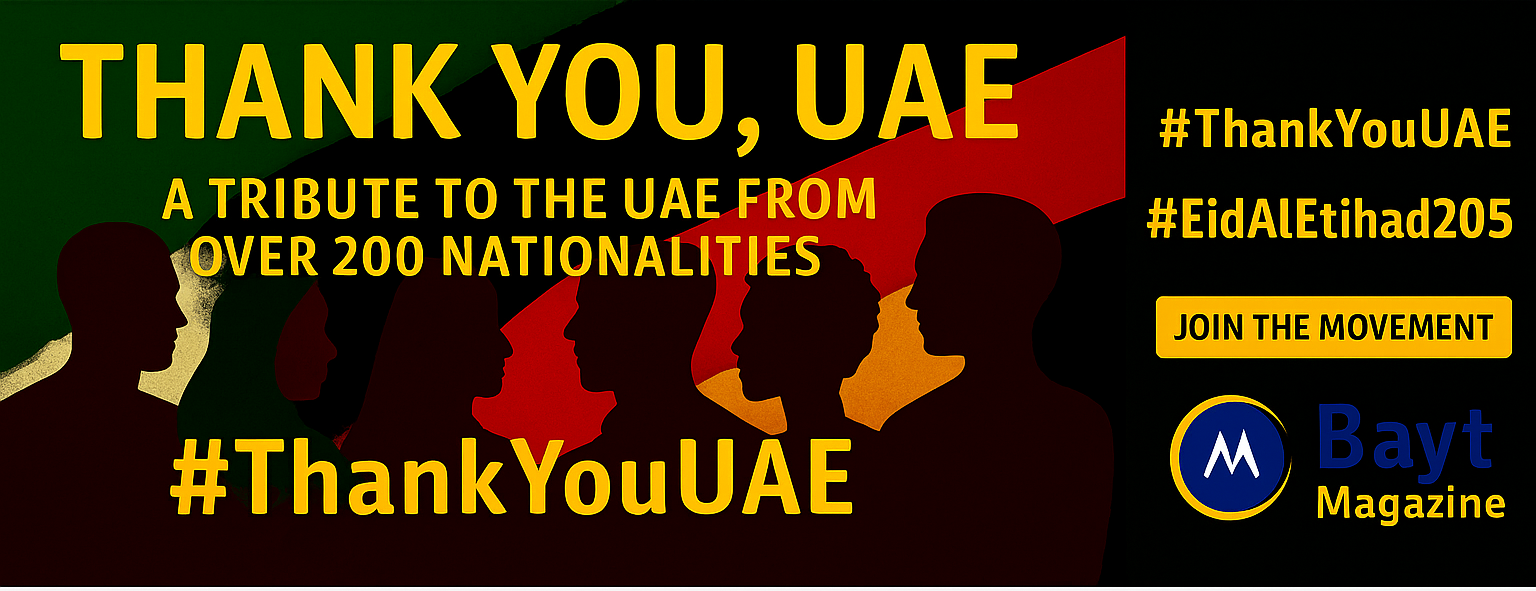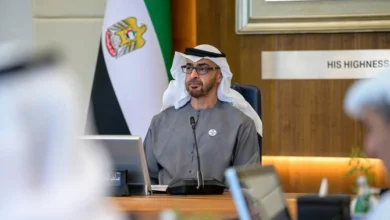
Breaking Down the Gaza Ceasefire: A Step-by-Step Guide
The war between Israel and Hamas has lasted over 460 days and claimed 46,788 Palestinian lives. Now, the most important ceasefire deal between both sides is ready to take effect.
Both parties reached an agreement after months of tough negotiations. Hamas will free 33 hostages while Israel will release about 1,900 Palestinian prisoners. The conflict has forced almost all of Gaza’s 2.3 million people from their homes. Aid groups warn that destroyed food and water supplies could lead to famine and disease outbreaks.
The ceasefire agreement comes in three clear stages and offers a vital path to ease the humanitarian crisis. The exchanges will begin Sunday at 8:30 am local time. Later stages look toward Israeli forces pulling back and Hamas releasing the remaining hostages.
This piece explains the ceasefire deal step by step. It shows what it means for everyone involved and how it might shape the region’s future.
Understanding the Core Terms of the Gaza Ceasefire
The ceasefire agreement between Israel and Hamas represents the most important diplomatic breakthrough that Qatar carefully negotiated. The deal starts at 8:30 am local time on Sunday.
Key Points of the Israel-Hamas Agreement
The heart of the agreement focuses on a prisoner exchange program that will release 33 Israeli hostages – women, elderly people, and those who have severe medical conditions. Israel will then release about 1,890 Palestinian prisoners. Israeli forces will pull back from Gaza’s populated areas and Palestinians can return to their neighborhoods throughout the enclave.
Timeline and Implementation Phases
The agreement rolls out in three distinct phases:
- First Phase (42 Days): A complete ceasefire happens while Israeli troops withdraw from densely populated areas. The original hostage releases begin and humanitarian aid increases.
- Second Phase: This begins on day 16 of the ceasefire. The focus shifts to releasing the remaining living hostages, particularly male soldiers, while Israeli military completes its withdrawal.
- Final Phase: Gaza’s major reconstruction work begins, with decades of rebuilding ahead.
Role of International Mediators
Qatar, Egypt, and the United States act as the main guarantors to implement the agreement. These mediators will meet in Cairo to oversee the implementation procedures. They have also given verbal guarantees to Hamas about continuing negotiations through all phases.
The agreement sets up ways to distribute humanitarian aid, allowing hundreds of trucks to enter Gaza daily. The deal also lets wounded Palestinians get treatment outside Gaza, and the Rafah crossing will reopen seven days after implementation starts.
Breaking Down the Three-Phase Implementation
The three-phase implementation plan provides a well-laid-out approach to establish lasting peace in Gaza. Phase 1 lasts 42 days with a complete ceasefire in Gaza. Hamas will release 33 hostages during this time – all but one of these hostages are women, elderly, and wounded people. Israel plans to release about 1,900 Palestinian prisoners in return.
Phase 1: Original Ceasefire and Hostage Release
Israeli forces will withdraw from densely populated areas as the first phase begins. Palestinians can return to their neighborhoods in northern Gaza after seven days. A major humanitarian aid surge starts, and up to 600 trucks will enter Gaza daily. Palestinian police will maintain security and order while municipalities repair infrastructure.
Phase 2: Extended Pause and Further Exchanges
Negotiations for the second phase start on day 16. This vital stage addresses the release of remaining living hostages, especially when you have male soldiers involved. Israel agrees to withdraw all military forces from Gaza. Israeli forces must completely leave the Philadelphi Corridor by day 50.
Phase 3: Long-term Solutions and Reconstruction
The third phase focuses on rebuilding Gaza at an estimated cost of $183.60 billion over 80 years. This stage prioritizes rebuilding resilient infrastructure, bringing back essential services, and fixing healthcare systems. Local communities will participate and take ownership in reconstruction projects. Mutually beneficial alliances and international funding will support long-term development initiatives.
Humanitarian Impact of the Gaza Deal
The Gaza ceasefire agreement brings much-needed relief to a region in crisis. The deal helps meet basic survival needs through new ways of delivering aid.
Aid Distribution and Access
The agreement has led to a huge increase in humanitarian assistance. More than 630 trucks carrying aid entered Gaza on the first day. The World Food Program wants to deliver at least 150 truckloads of food daily. These numbers are way higher than the previous 18 truckloads per day. The operation now delivers:
- Ready-to-eat meals and wheat flour
- Essential medical supplies
- Critical infrastructure support materials
- Nutritional supplements for children
Civilian Movement and Return
Palestinians can move freely throughout Gaza after the seventh day of implementation. This change affects millions who have moved multiple times due to conflict. The return process faces major hurdles from unexploded bombs and damaged buildings.
Medical Support and Infrastructure
Gaza’s health system needs major rebuilding. Only half of its 36 hospitals work partially now. About 25% of the injured—nearly 30,000 people—have life-changing injuries that need ongoing care. The World Health Organization’s 60-day plan focuses on:
- Trauma and emergency care
- Primary healthcare restoration
- Child health services
- Mental health support
The agreement helps evacuate over 12,000 patients who need specialized care. Gaza’s health infrastructure’s restoration needs billions in investment. This money would help rebuild facilities, train healthcare workers, and fix supply chains.
Monitoring and Verification Mechanisms
Egypt has set up a reliable monitoring framework that forms the foundation of the Gaza ceasefire agreement. The country now operates a joint operations room to oversee how the agreement works.
International Oversight Bodies
Several international stakeholders work together in this detailed monitoring system:
- Egyptian coordinators
- Qatari representatives
- US diplomatic personnel
- Palestinian authorities
- Israeli officials
The United Nations now runs an independent monitoring system with its core team and equipment. This system checks all humanitarian aid shipments. The mechanism works independently from parties involved in the conflict and will continue for one year.
Compliance Verification Process
The Egyptian joint operations room focuses on three main areas:
- Monitoring hostage and prisoner exchanges
- Verifying humanitarian aid distribution
- Overseeing civilian movement through the Rafah crossing
Teams have started technical meetings in Cairo to complete the implementation steps. The World Health Organization and UN health partners – UNFPA, UNICEF, and UNRWA – along with 67 Health Cluster partners are ready to increase their response efforts.
Dispute Resolution Procedures
The agreement includes specific steps to handle compliance problems. The operations room acts as the main center to resolve disputes and keep the agreement stable. Mediators from Qatar, Egypt, and the United States step in to address concerns when disagreements happen. This approach worked well with recent disputes about implementation details, like questions over Palestinian prisoner releases and force deployment along Gaza’s border with Egypt.
Aid must flow through all possible borders and routes in Gaza for the verification system to work. This setup helps monitor humanitarian relief efforts continuously while keeping strict oversight of all agreement components.
The Gaza ceasefire agreement stands as a vital turning point after 460 days of devastating conflict. A well-laid-out three-phase plan tackles urgent humanitarian needs. This groundbreaking initiative paves the way for stability and rebuilding in the long run.
Qatar, Egypt, and the United States play key roles as main guarantors to make this agreement work. These nations will watch over hostage exchanges, aid distribution, and civilian movement across Gaza’s territories through their combined monitoring systems.
The deal brings unprecedented humanitarian relief to Gaza’s 2.3 million residents. Hundreds of aid trucks will enter daily with critical supplies. Israeli forces will withdraw systematically as aid flows in. This gives displaced Palestinians hope that they can return home and start rebuilding their communities.
Rebuilding Gaza will take decades, and there’s so much work to be done. Notwithstanding that, this ceasefire agreement is a vital first step to tackle the humanitarian crisis and build lasting peace. The deal’s success hinges on everyone’s steadfast dedication and continued international backing for Gaza’s recovery.




